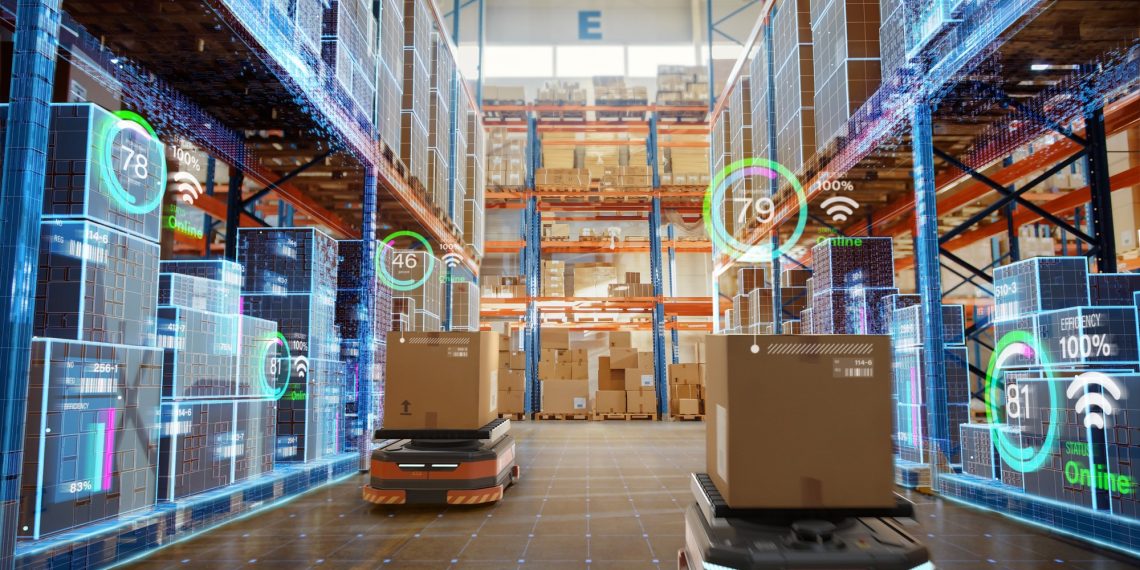Amazon’s integration of advanced AI technologies is reshaping global e-commerce, driving both profit and sustainability. The company’s deployment of tools like Wellspring, demand forecasting models, and agentic robotics is dramatically improving logistics, reducing costs, and helping Amazon maintain its lead in the $6.5 trillion online retail market.
AI-powered solutions are delivering clear business benefits:
Wellspring, Amazon’s generative AI system, has mapped millions of apartment addresses and identified optimal parking spots for deliveries. This has cut fuel usage, improved delivery speed, and lowered the costs of rerouting packages. For example, drivers now navigate complex neighborhoods more efficiently, reducing missed deliveries and operational expenses.
AI-driven demand forecasting enables Amazon to predict regional product needs with much greater accuracy. By anticipating demand for seasonal items and adjusting inventory across hundreds of time intervals, Amazon has reduced excess stock and minimized transportation miles. This led to a 25% increase in same-day delivery usage and reduced carbon emissions per shipment.
In Amazon’s warehouses, agentic robotics like Proteus have automated repetitive and hazardous tasks, such as transporting heavy goods and following spoken instructions. With over 750,000 robots in operation, warehouse efficiency has increased by 25%, labor costs have fallen, and workplace injuries have declined by up to 20%. Facilities like the Sequoia pantry now store tens of millions of products in optimized spaces, accelerating order fulfillment.
These advancements support Amazon’s environmental and social goals. Route optimization and energy-efficient robots are helping meet the company’s 2040 net-zero emissions target. Investors focused on ESG (Environmental, Social, Governance) value are taking note, as Amazon’s measurable progress could attract billions in sustainability-focused capital. Robots also improve safety for workers and enable employees to shift into higher-value roles, supporting fair labor practices.
From a governance perspective, Amazon’s transparency in reporting AI-driven gains and its proactive approach to regulatory compliance set a new industry standard. With competitors lagging behind in automation, Amazon enjoys a multi-year lead in logistics innovation.
For businesses, these examples highlight how AI can automate routine tasks, boost efficiency, and support sustainability initiatives. Retailers can use AI to optimize delivery routes, manage inventory more precisely, and create safer workplaces through automation. Investors benefit from margin expansion, ESG tailwinds, and a strong competitive moat.
While technology adoption costs and labor transitions are challenges, Amazon’s scale and commitment to research and development help manage these risks. The company’s AI strategy positions it for ongoing growth and leadership in a sector where efficiency and sustainability are increasingly critical.









